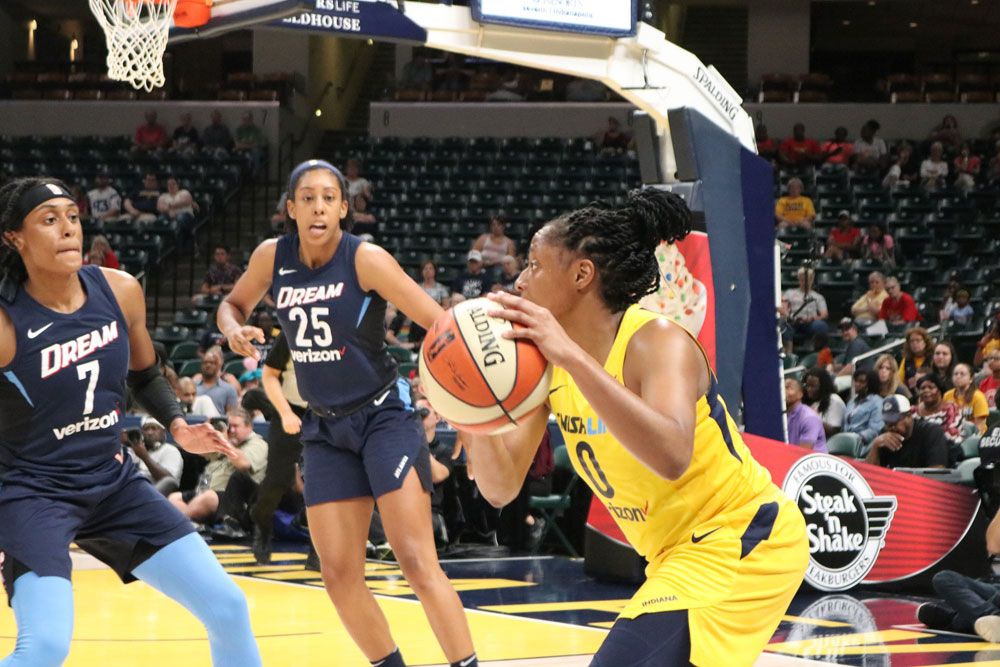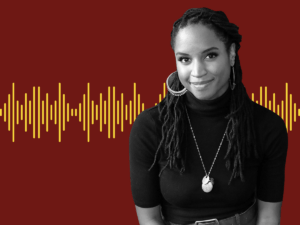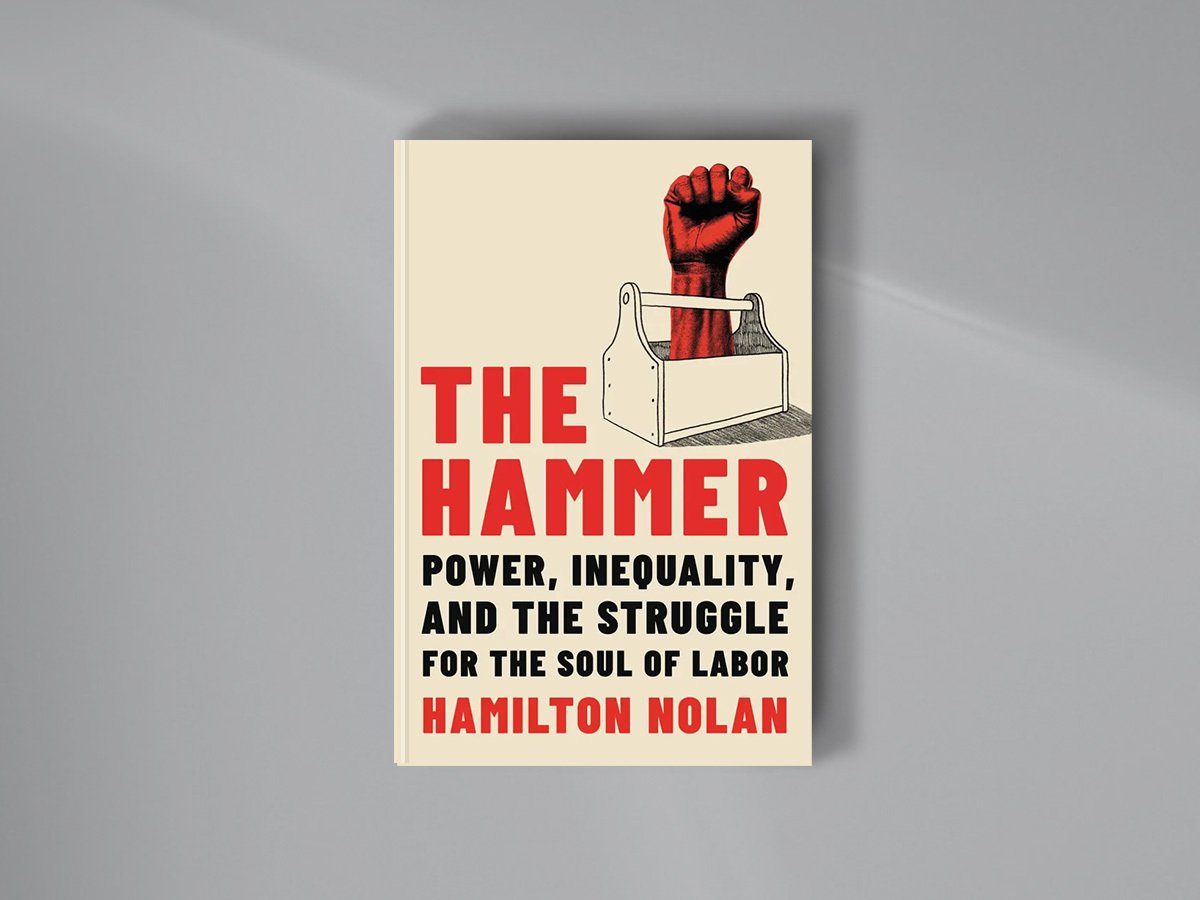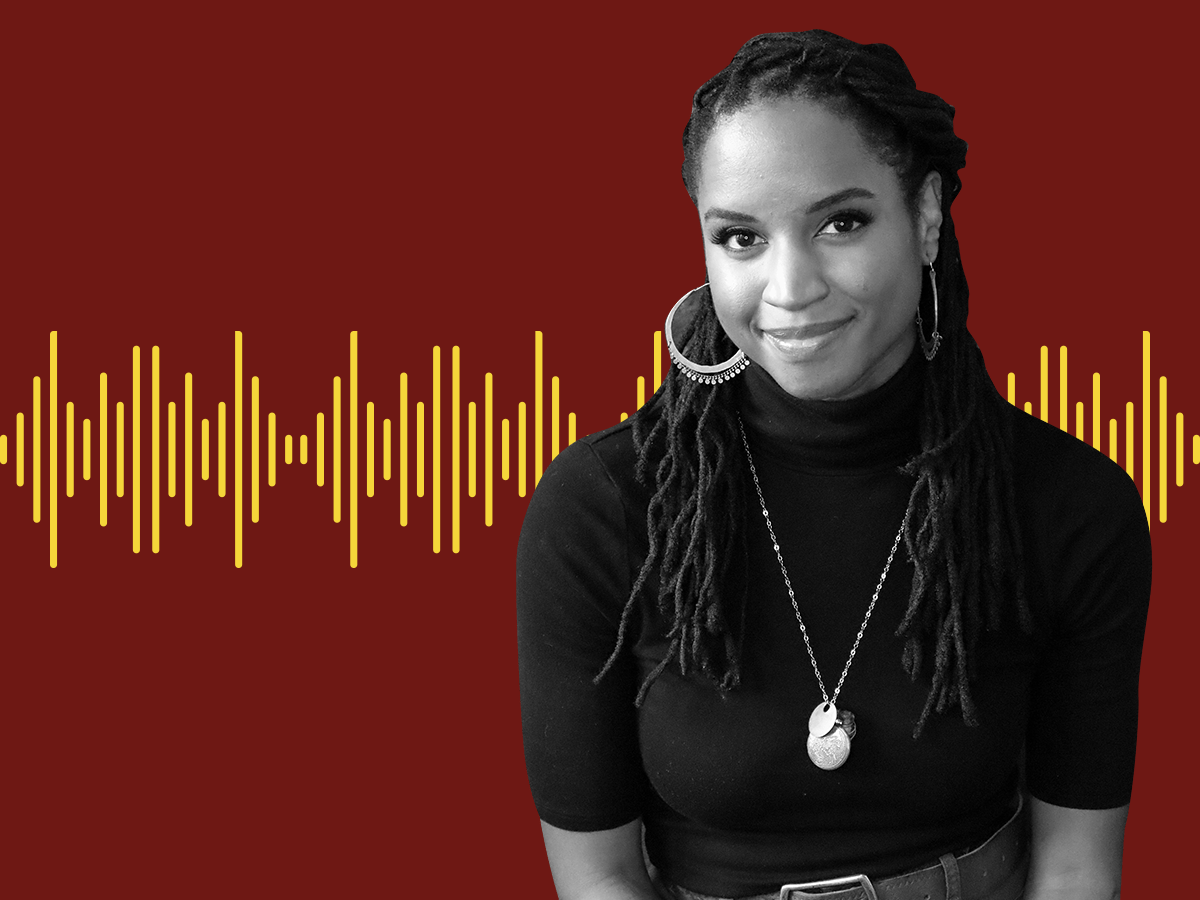
January 16, 2020; New York Times
There is a persistent pay gap between men and women in the United States. This is true for a variety of reasons, from the structural (gender discrimination built into many of our frameworks) to the statistical (women being overrepresented in lower-paying professions), but it is often difficult to differentiate where one reason ends and another begins. Such is also the case with regard to the recent contract negotiations between the WNBA and its players’ union. Under the new leadership of Commissioner Cathy Engelbert, who stepped into the role in July of 2019, the WNBA is making, in Engelbert’s words, “a big bet on women” with agreements that will include large increases in salaries and maternal benefits.
Historically, since the creation of the WNBA by the NBA in 1996, there has been a great deal of disparity in pay and benefits. The two most contested issues that were part of these negotiations were low salaries and a lack of maternity benefits. In the new proposed WNBA contract, top players would be able to command a salary of more than $500,000, which is triple the ceiling from the most recently completed season. This compensation would include a maximum salary of $215,000, an increase of 83 percent, as well as sharing in the WNBA’s revenue, which has been part of the NBA’s agreements for years. The NBA shares revenue nearly down the middle with its players, but the WNBA only shares between 20–30 percent of its league revenue with players. There has long been a claim that female athletes’ salaries are smaller because they drive less revenue, but this does not explain why the WNBA was not proportionally sharing more of the revenue with the players. The leaders of the players’ union have stated they think it is unrealistic to expect multimillion dollar salaries (like their male counterparts), but truly want to have a proportional slice of the revenue to boost their salaries. The recent agreement would potentially allow players to receive that same 50 percent share of revenue by 2021, given that the league hits revenue markers in broadcast agreements, marketing partnerships, and licensing deals. This contract would last for eight years, through 2027. Engelbert expects the board to approve it unanimously.
Other benefits from these negotiations include maternity leave with full salary, space in arenas for nursing mothers, and $5,000 child care stipends, as well as reimbursement for up to $60,000 for veteran players that incur costs related to adoption, surrogacy, egg freezing, and fertility treatment. Additionally, the WNBA will partner with other leagues, such as the NBA, to push for its own players to have coaching opportunities earning market rate. This is an important issue, as in the case of Mystics guard Kristi Toliver, who could only earn $10,000 coaching for the Washington Wizards due to pay restrictions in the old bargaining agreement. Engelbert noted the new agreement will prevent an issue like this from happening again.
Changes will be made to the WNBA season, which will include a new competition called the Commissioner’s Cup and a minimum prize level for in-season tournaments of $750,000. Changes will also be made to travel accommodations for games on the road, as well as when players are allowed to operate as “free agents,” which will see its restrictions decreased. New investments in league and team-specific changes will total almost a million dollars a team per season.
Sign up for our free newsletters
Subscribe to NPQ's newsletters to have our top stories delivered directly to your inbox.
By signing up, you agree to our privacy policy and terms of use, and to receive messages from NPQ and our partners.
With regard to these negotiated benefits, which still must receive approval by the WNBA’s board of governors and the union’s membership, Engelbert states, “What we have here is a multidimensional pay structure as well as benefit structure…. We’ve really gone all out here. We’re making a big bet on this league, a big bet on women, and that in professional sports, that the WNBA can lead the way.” On the negotiated maternity benefits, Nneka Ogwumike, the WNBA union president, says, “We have several mothers in the league, and we had players that talked to us about what they realized they needed while they were playing.”
In return for the negotiated benefits, the WNBA will phase in a requirement that players need to commit to training camps from the beginning and will not be allowed to report late because they are wrapping up commitments to overseas clubs. Of this change, Ogwumike states, “We wanted to ensure that it is still allowing players the opportunity to get the salaries that we are used to getting in both markets while also phasing in a system that will hold the league as a certain priority.” Year-round play has caused some WNBA athletes to get injured from playing too hard, or be mentally and physically drained once it comes time to play on their US teams. By paying the players a higher salary, the WNBA is hoping that players will not feel as much pressure to seek out supplemental income.
The fact that the NBA only formed the WNBA in the late ’90s has given players a lot of ground to cover in only 24 years in terms of building a training program, developing a reputation, and cultivating a fan base, as well as the ever-important corporate sponsor interest. There has been a rise in visibility of women’s sports teams challenging the status quo that men make more than women—for instance, the case of the US women’s soccer team, which initiated a gender discrimination lawsuit. It is a bit of a circular issue, though. If the argument is there’s not as much “interest” in women’s leagues, and thus not as much revenue, players cannot argue for better conditions. But if they do not have better conditions or the ability to, for instance, engage in advertising campaigns that increase visibility, interest may never grow.
These are just a few examples of issues that come from a structurally different starting point for women’s sports, which are often seen to be chasing the success of male athlete-driven sports. It is encouraging that this contract will allow WNBA players to make more money on their home team, as well as make more lucrative marketing deals, so that they can afford to not have to play on multiple clubs in one year. Additionally, providing maternity benefits is essential, as women are still most often the primary caregiver for children, and still more often adjust their careers, when compared to men. This new contract for the WNBA is a starting point to address these issues, but should surely not be seen as a full solution.—Kristen Munnelly












